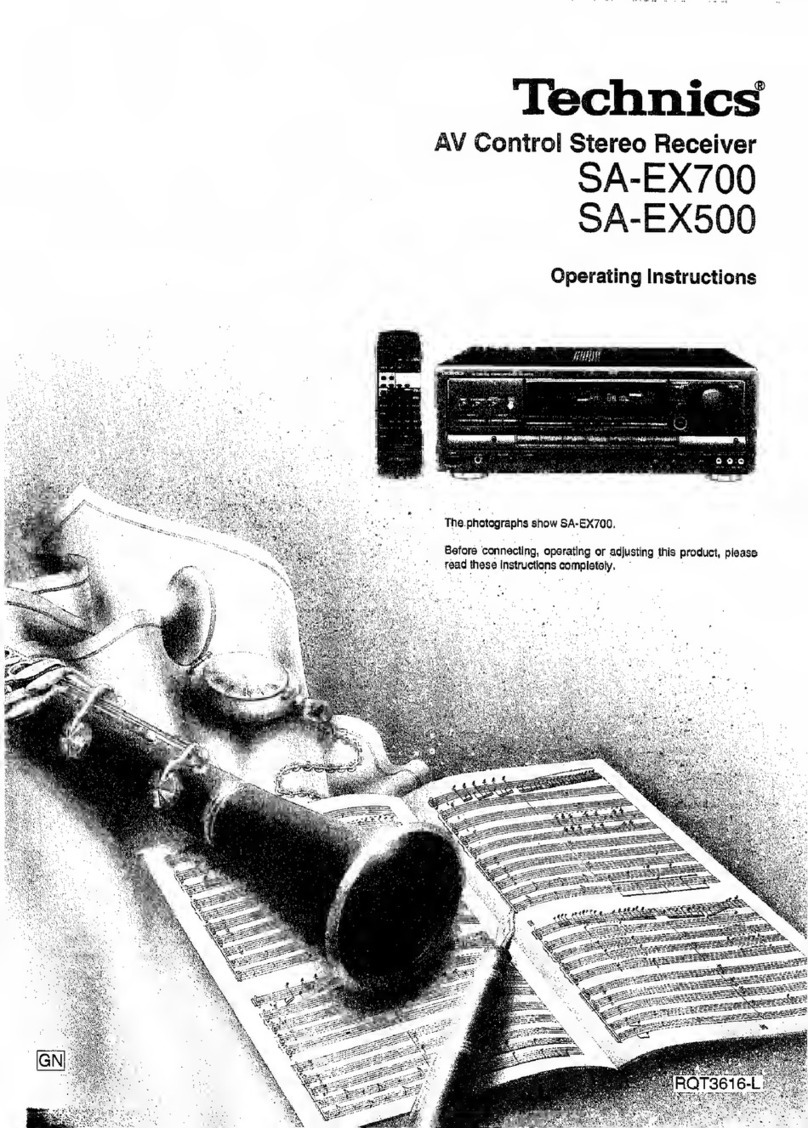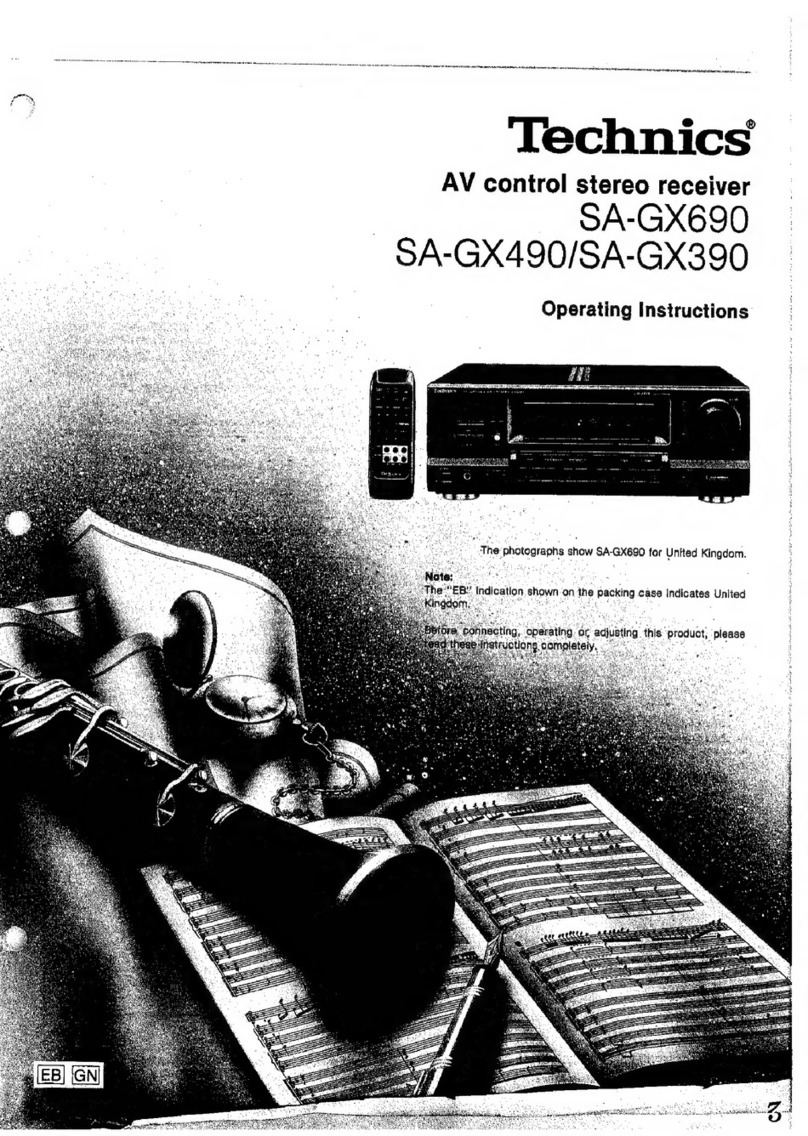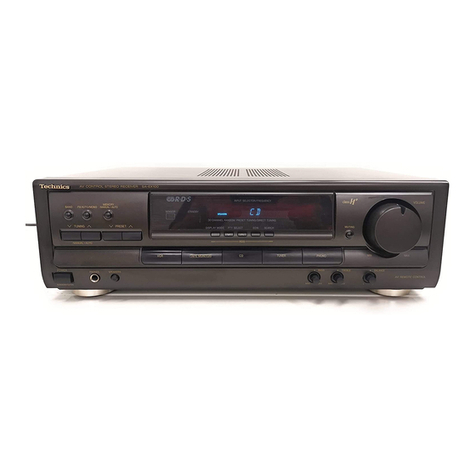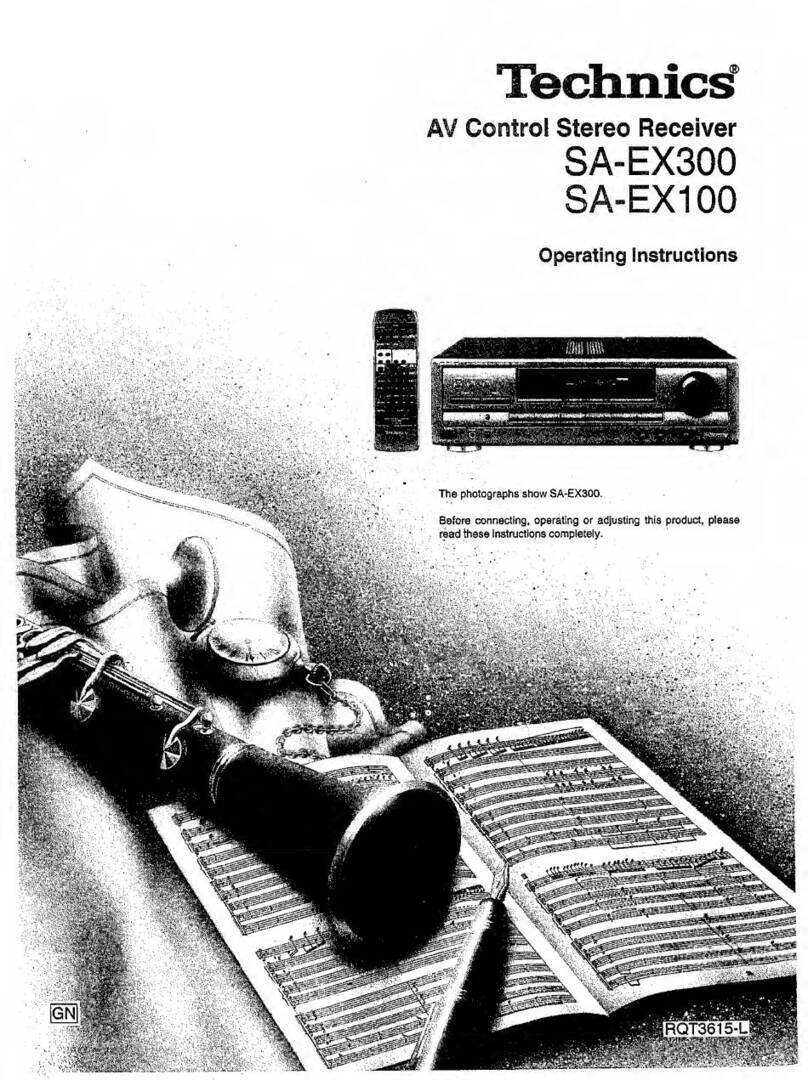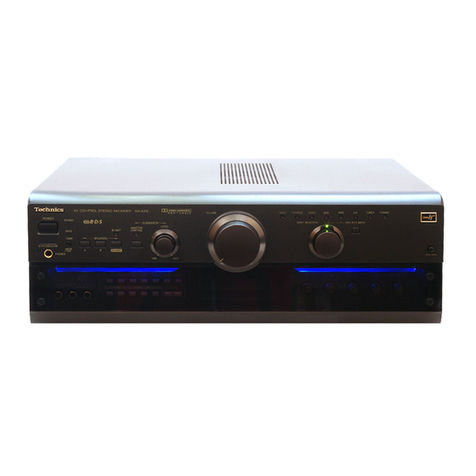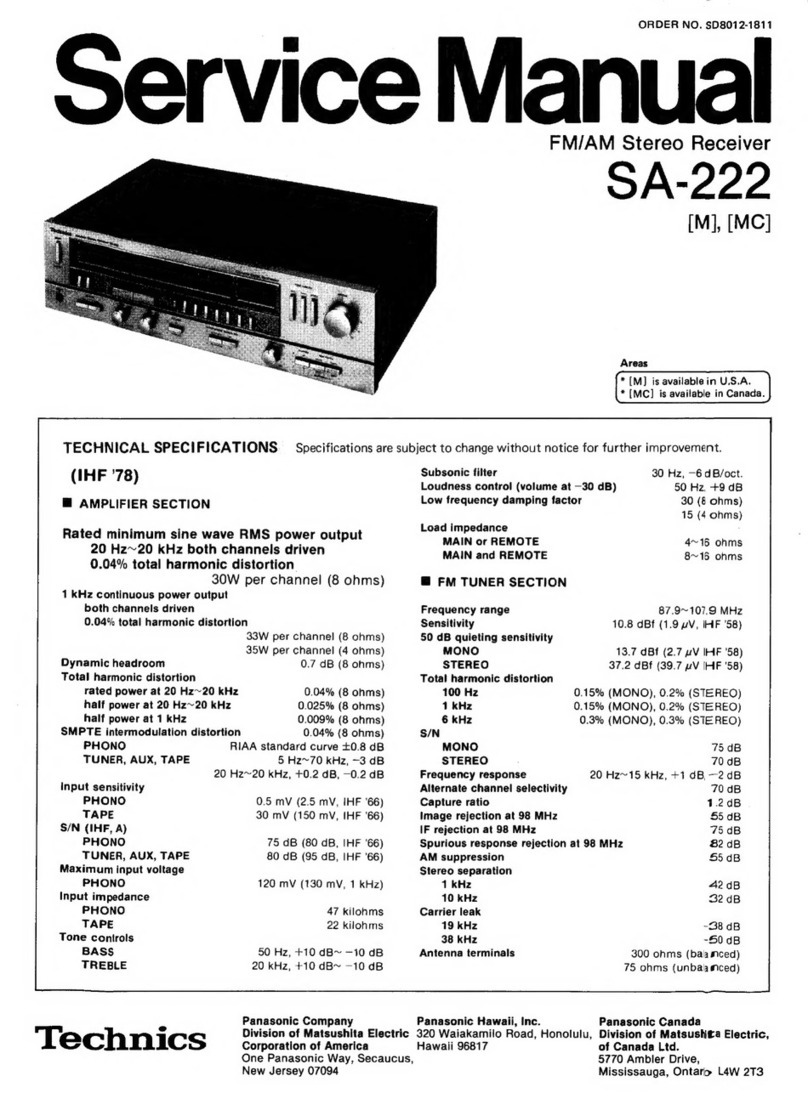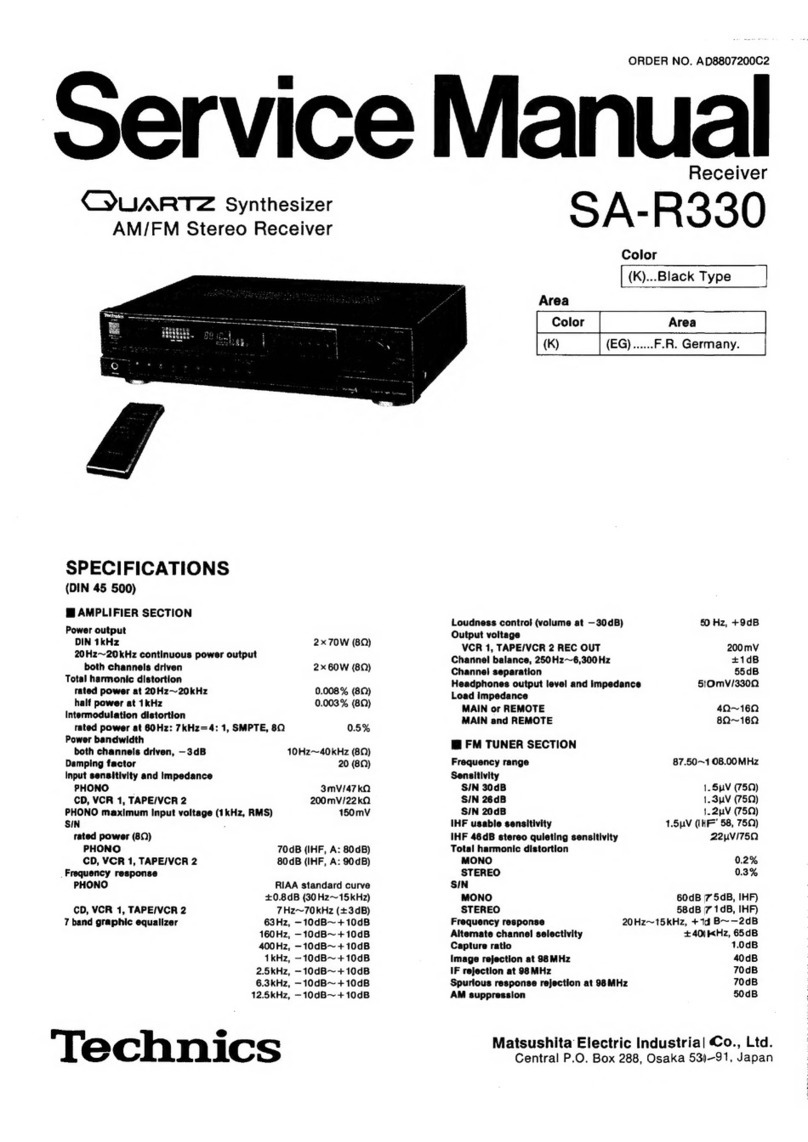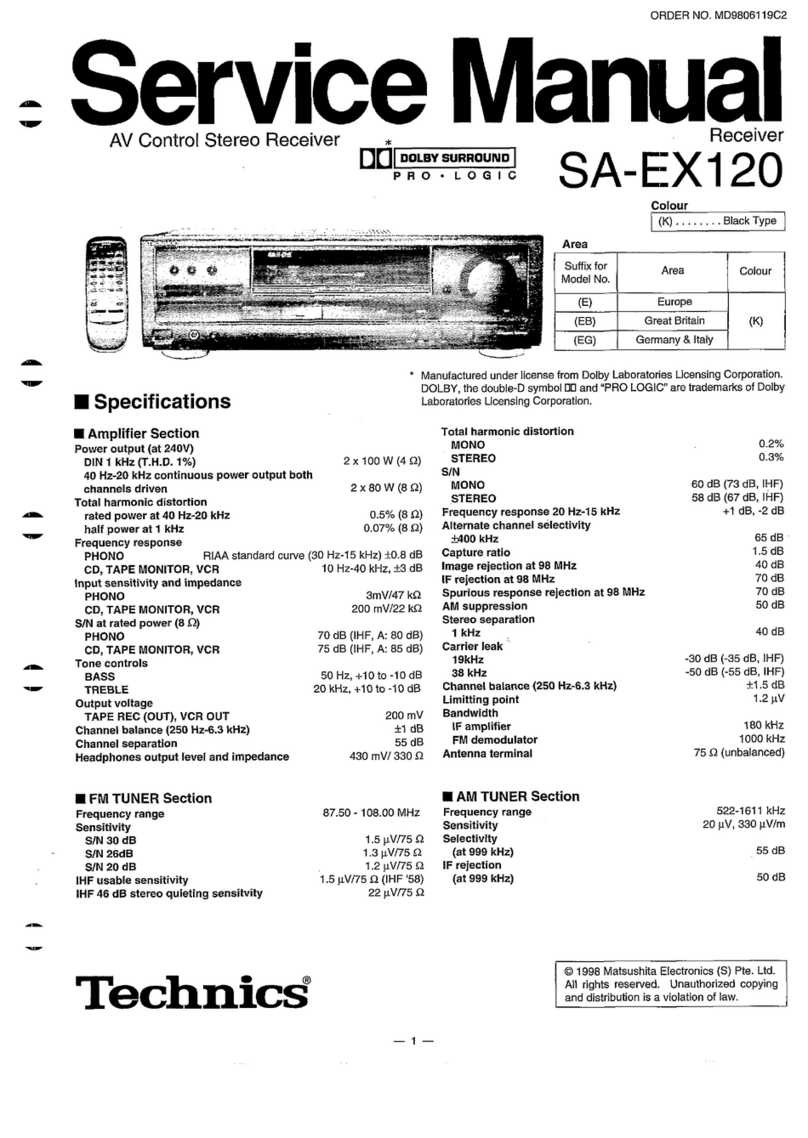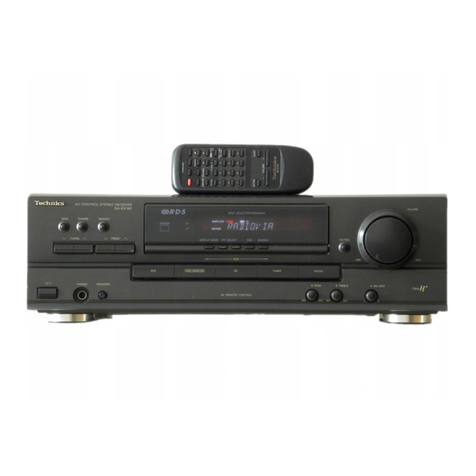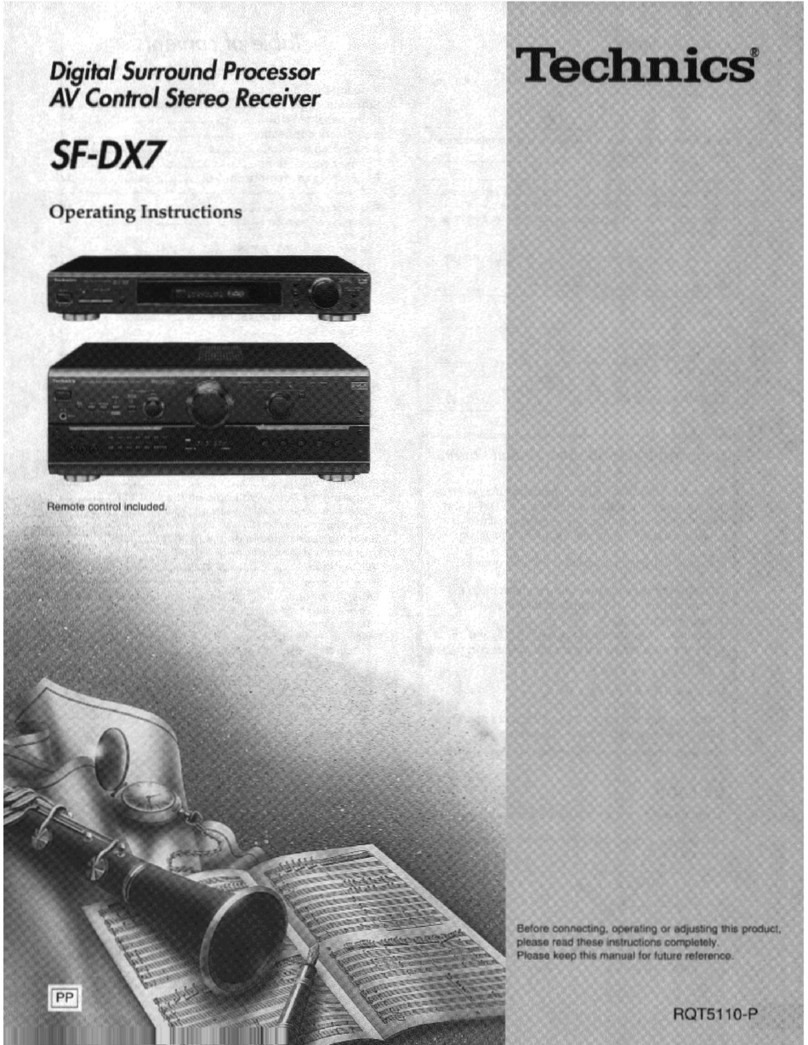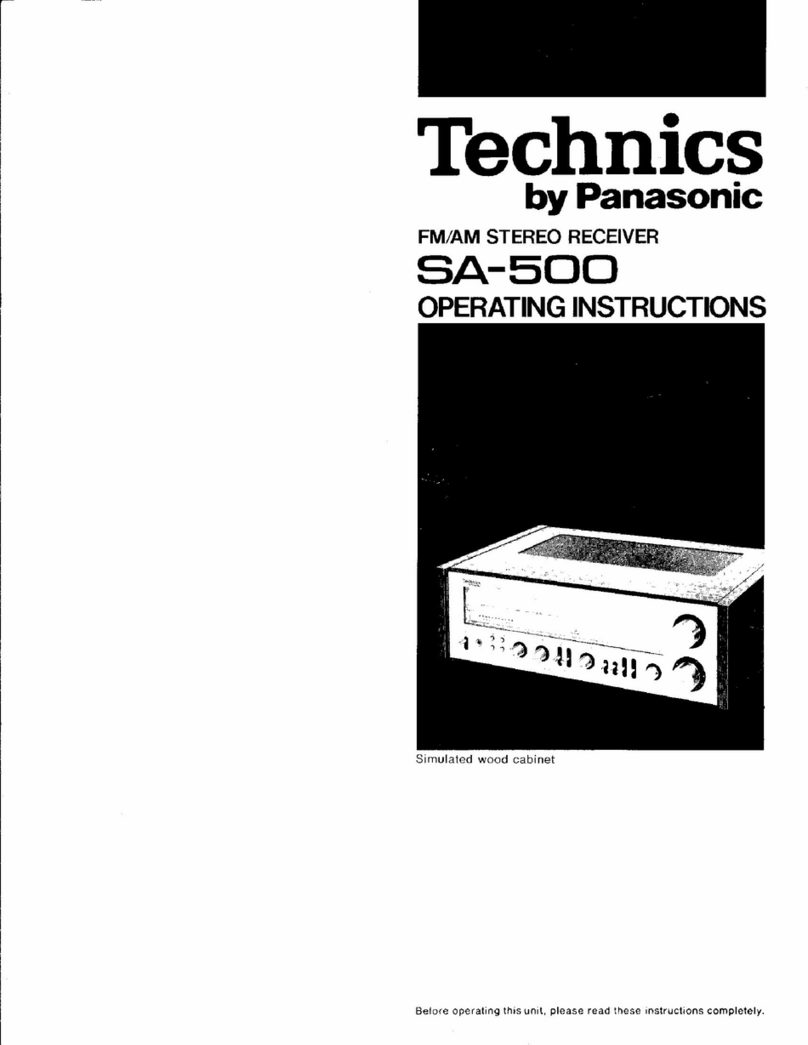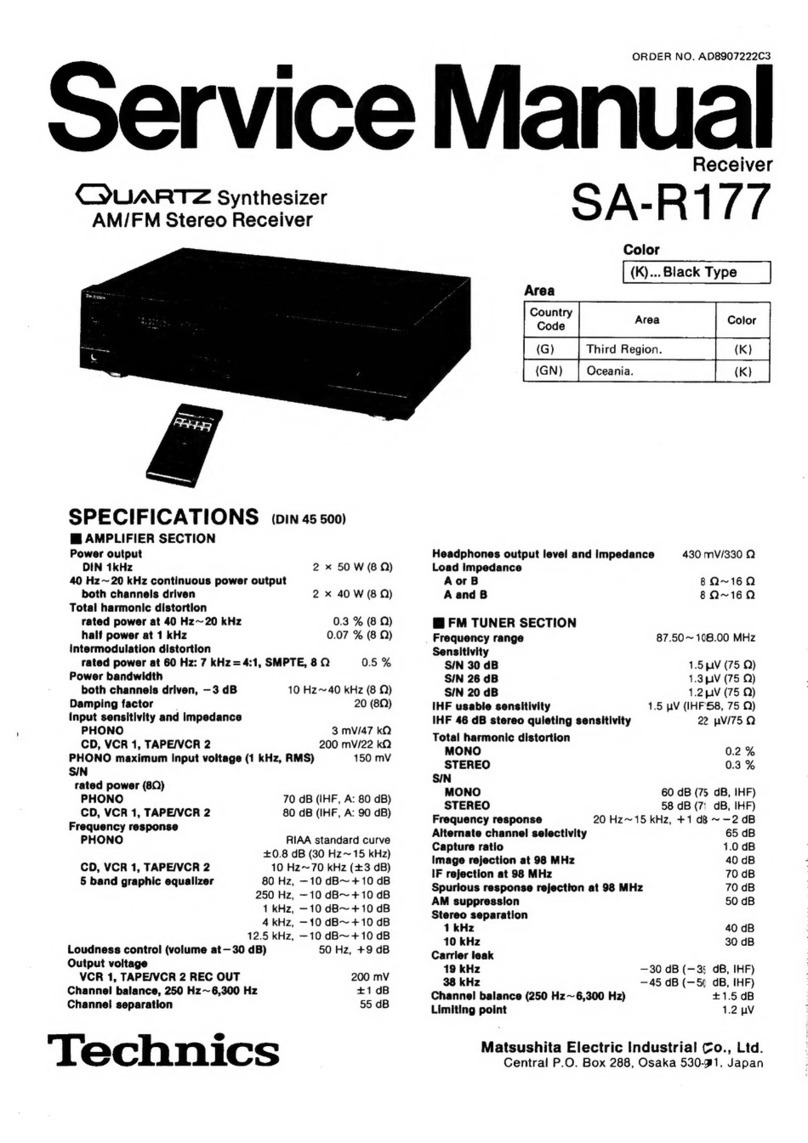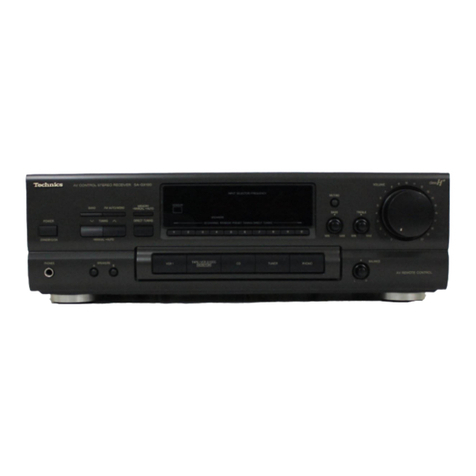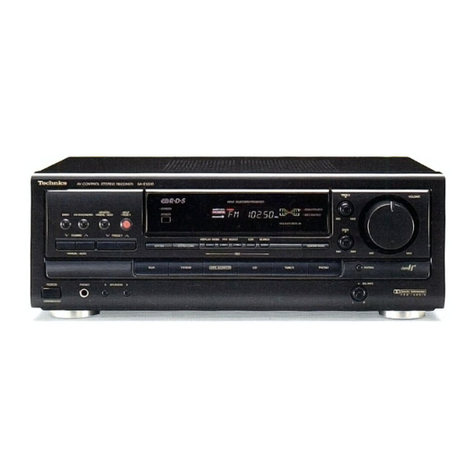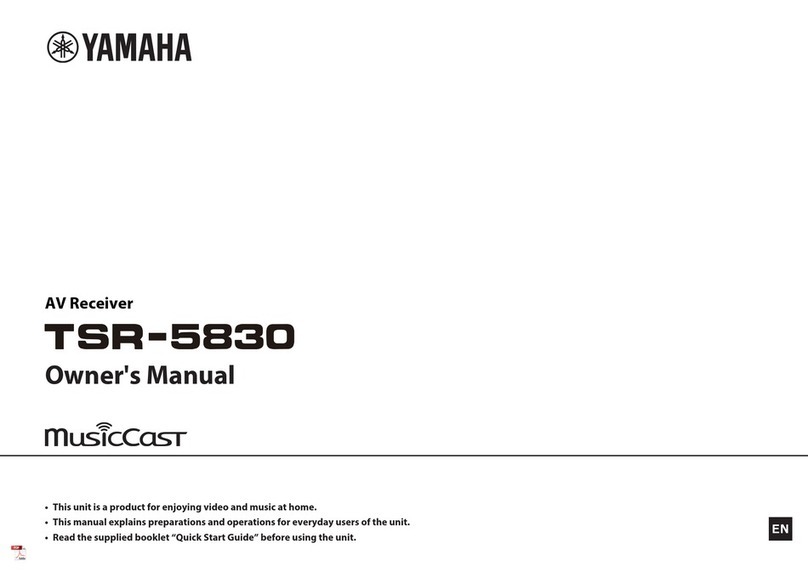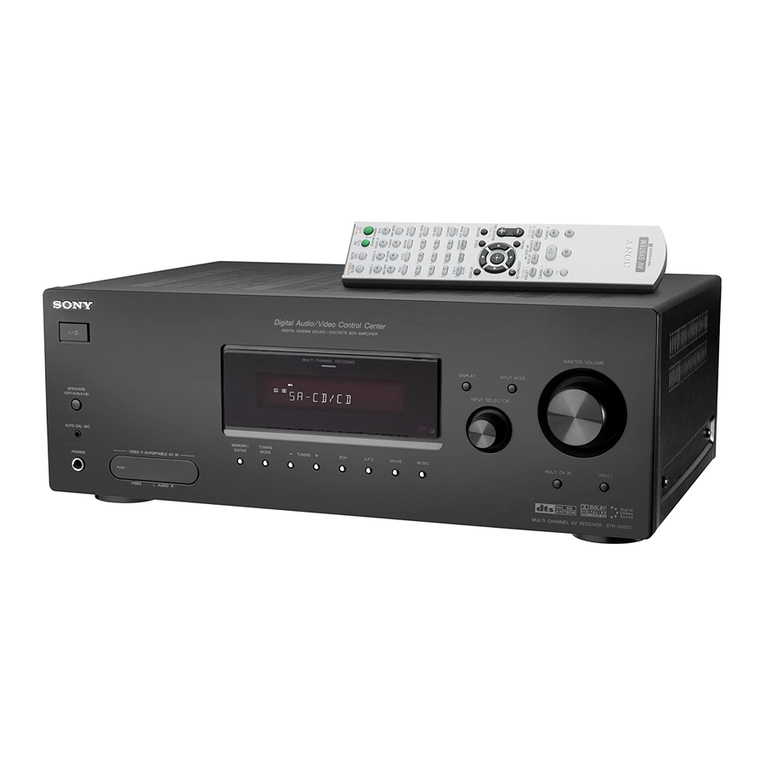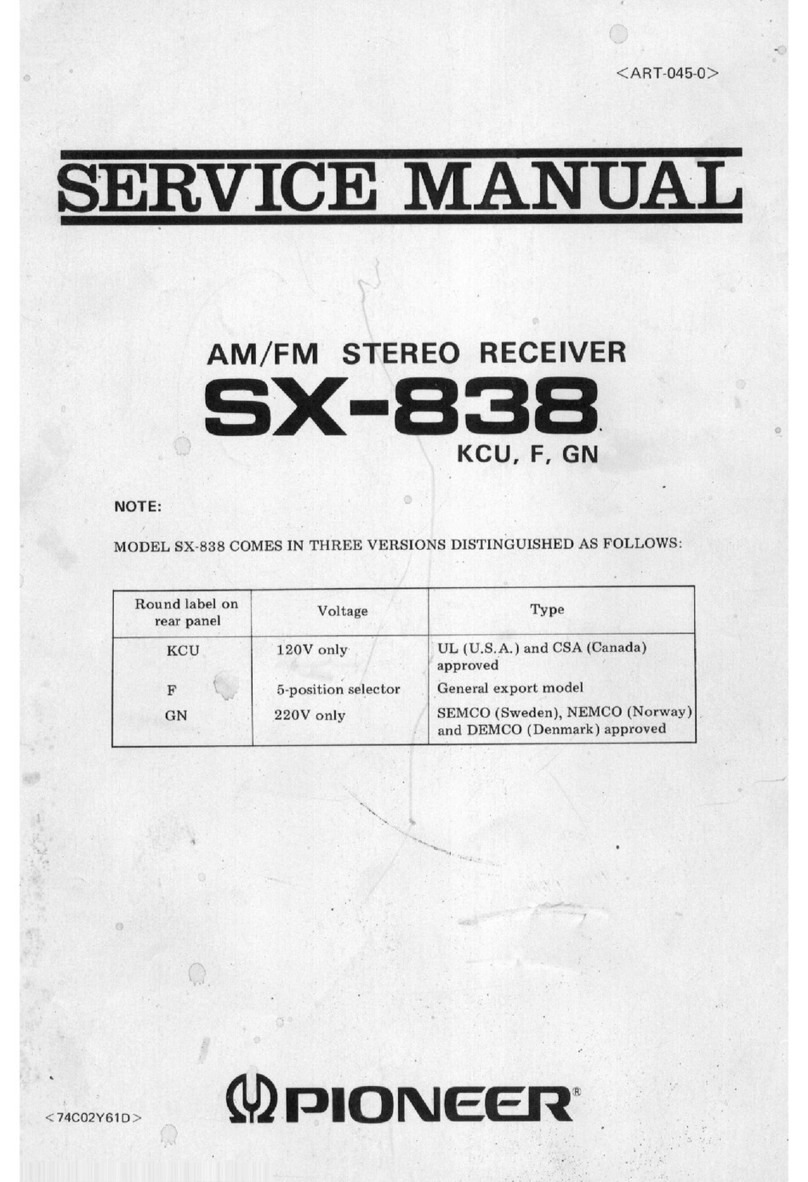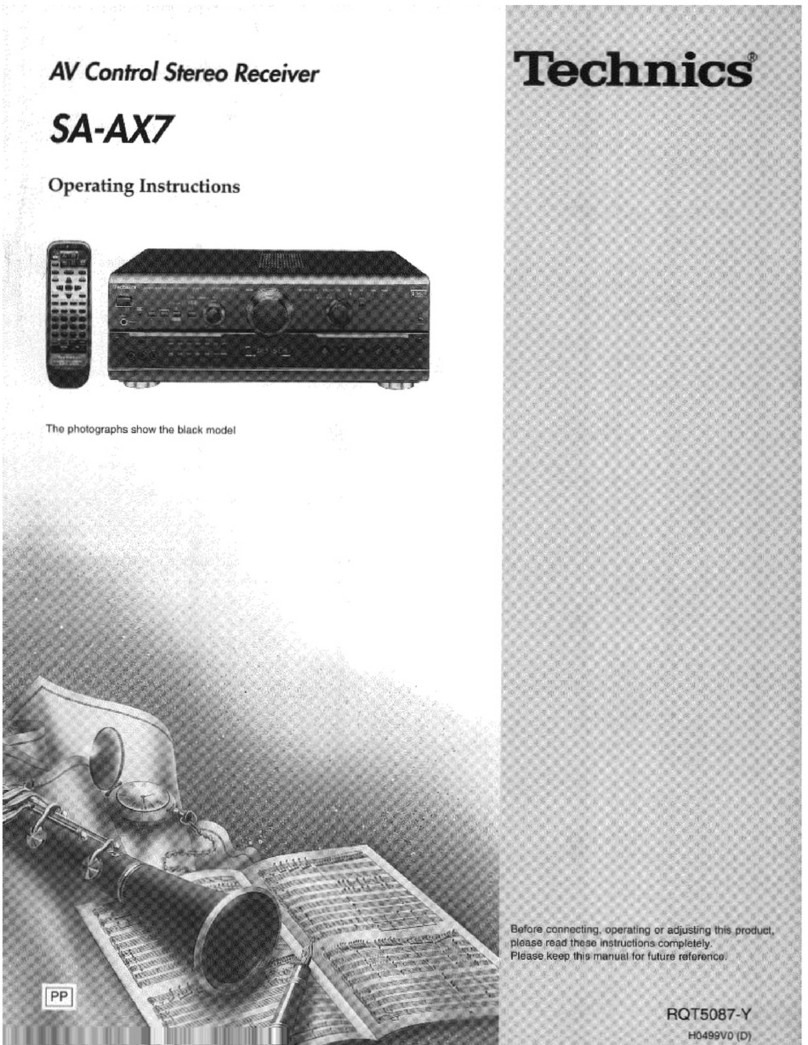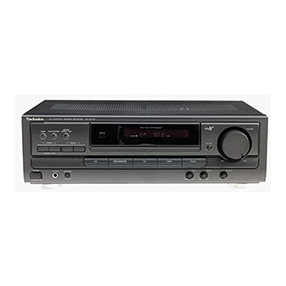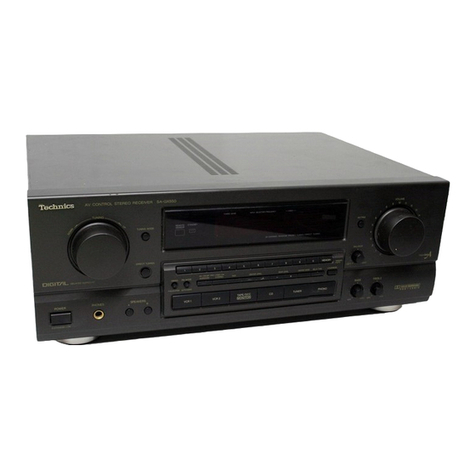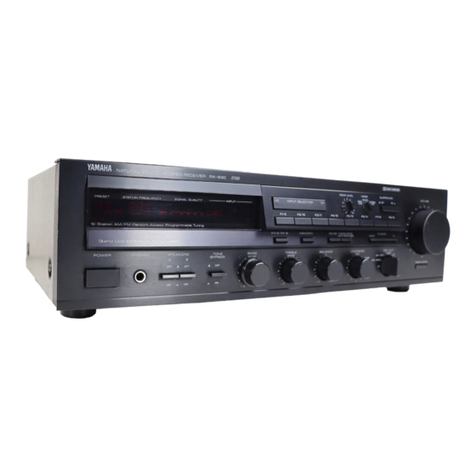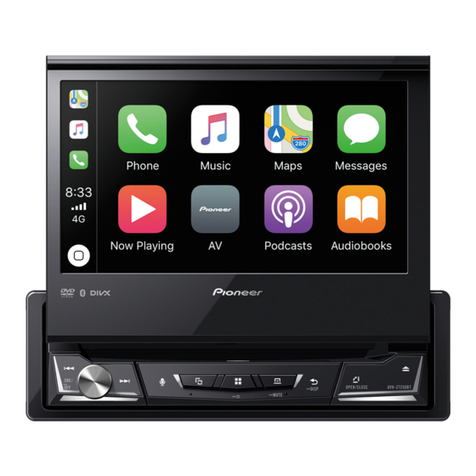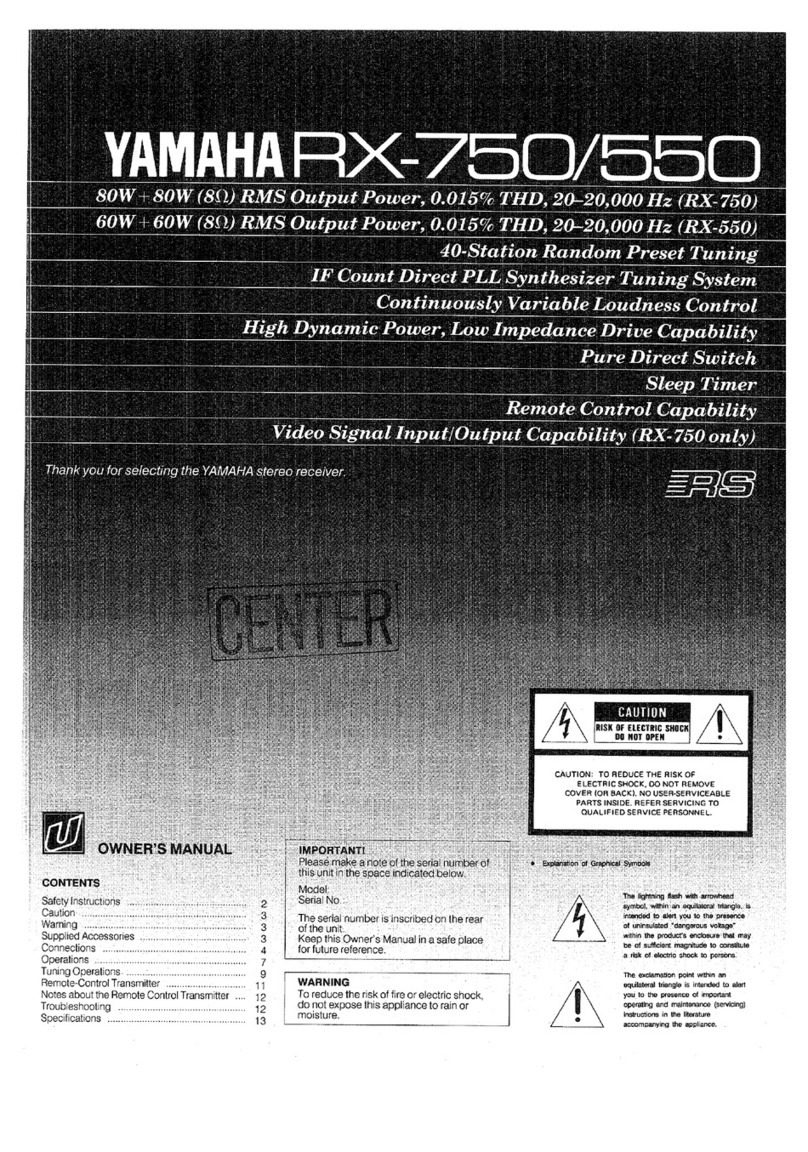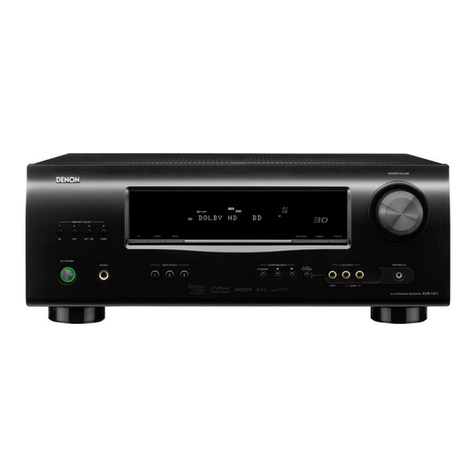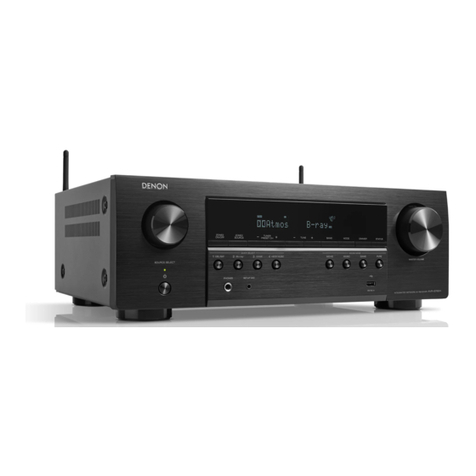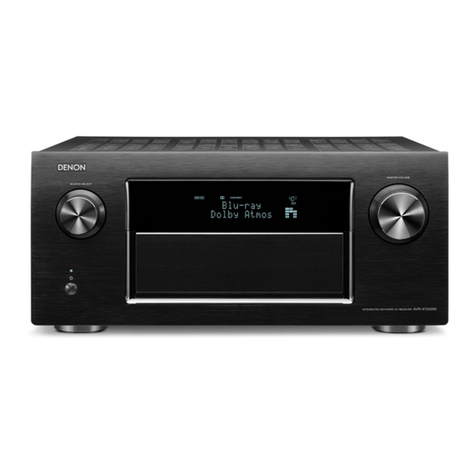PrecQutlons
Before using this unit please read these operating instructions
carefully Take special care Io follow the warnings indicafed on the
unit itself as well as the safety suggestions listed below
Afterwards keep them handy for future reference.
1. Power Source -- The unit should be connected to power supply
only of the type described in the operating instructions or as
marked on the unit
2. Polarization -- If the unit is equipped with a polarized AC power
plug (a plug having one blade wider than the other), that plug
will fit into the AC outlet only one way This is a safety
feature If you are unable to insert the plug fully into _he outlet,
try reversing the plug If the plug should still fail to fit, contact
your electrician to replace your obsolete outlet DO not defeat
the safety purpose of the polarized plug
3. Power Cord Protection -- AC power supply cords should be
routed so that they are not likely to be walked on or pinched by
items placed upon or against them. Never take hold of the plug
or cord if your hand is wet, and always grasp the plug body
when connecting or disconnecting it.
4. Nonuse Periods -- When the unit is not used, turn the power
off. When left unused for a long period of time, the unit should
be unplugged from the household AC outlet
rilt't_lfftf_11
I Environment
1. Water and Moisture -- Do not use this unit near water-for
example, near abathtub, washbowl, swimming pool, or the like
Damp basements should also be avoided
2. Heat -- The unit should be situated away from heat sources
such as radiators and the like.
It also shouid not be placed in temperatures less than 5°C
(41 F) or greater than 35°C (95_F),
1. Ventilation -The unit should be situated so that its location or
position does not interfere with its proper ventilation Allow 10 cm
(4") clearance from the rear of the unit
2. Foreign Material -- Care should be taken so that objects do not
fall into and liquids are not spilled into the unit. Do not subject
this unit to excessive smoke, dust, mechanical vibration, or
shock
3. Magnetism -- The unit should be situated away from equipment
or devices that generate strong magnetic fields.
4. Stacking -- Do not place heavy objects, other than system
components, on top of the unit.
5. Surface -- Place the unit on a flat, level surface
6. Carts and Stands -- The unit should be used only with a cart or
stand that is recommended by the manufacturer The unit and
cart combination should be moved with care.
Quick stops, excessive force, and uneven sur-
faces may cause the unit and cart combination
to overturn
7. Wall or Ceiling Mounting -- The unit should not be mounted to
a wall or ceiling, unless specified in this operating instructions
Clean the cabinet, panel and controls with a soft cloth lightly
moistened with mild detergent solution
Do not use any type of abrasive pad, scouring powder or solvent
such as a_cohol or benzine
1. Damage Requiring Service -- The unit should be serviced by
qualified service personnel when:
(a) The AC power supply cord or the plug has been damaged; or
(b) Objects have fallen or liquid has been spilled into the unit; or
(c) The unit has been exposed to rain; or
(d) The unit does not appear to operate normaJly or exhibits a
marked change in performance; or
(e) The unit has been dropped, or the enclosure damaged.
2. Servicing -- The user should not attempt to service the unit
beyond that described in the operating instructions. All other
servicing should be referred to an authorized service personnel.
For the address of an authorized servicenter:
In the U.S.A. 1-800-211-Z262
or web site (http://www.panasonic.com)
In Canada 905-624-5505
or web site (www.panasonic,ca/fdbckca, htm)
--THE FOLLOWING APPLIES ONLY IN THE U.S.A.
CAUTION:
This equipment has been tested and found to comply with the
limits for a Class B digital device, pursuant to Part 15 of the
FCC Rules. These limits are designed to provide reasonable
3rotection against harmful interference in a residential
installation. This equipment generates, uses and can radiate
radio frequency energy and, if net installed and used in
accordance with the instructions, may cause harmful
interference to radio communications However, there is no
guarantee that interference will not occur in aparticular
installation If this equipment does cause harmful interference to
radio or television reception, which can be determined by
turning the equipment off and on, the user ts encouraged to try
to correct the interference by one of the following measures:
•Reorient or relocate the receiving antenna
• increase the separation between the equipment and receiver
• Connect the equipment into an outlet on a circuit different from
that to which the receiver Is connected
• Consult the dealer or an experienced radio/TV technician for
help
Any unauthorized changes or modifications to this equipment
would void the user's authority to operate this device.
This device complies with Part 15 of the FCC Ru_es Operation
is subject to the following two conditions: (1) This device may
not cause harmful interference, and (2) this device musl accept
any interference received, including interference that may cause
undesired operation
II

